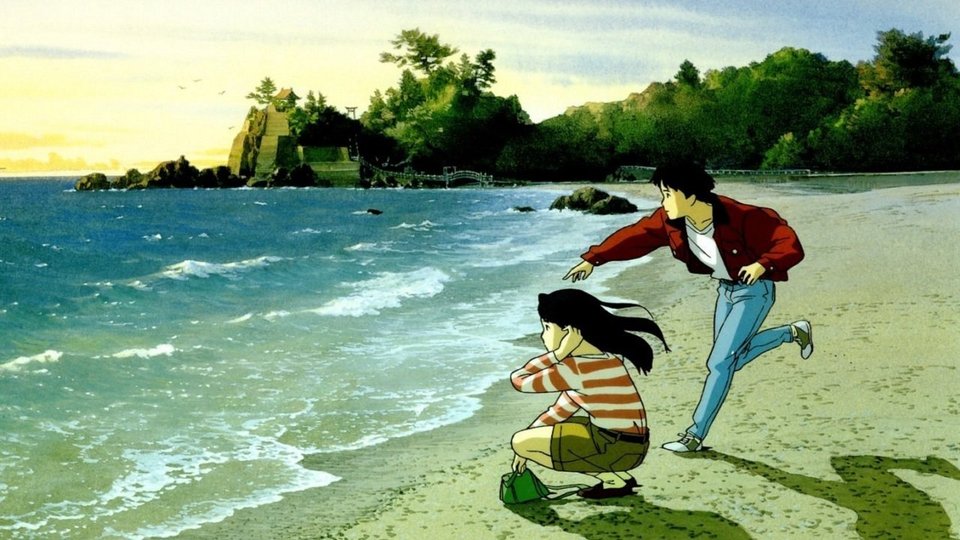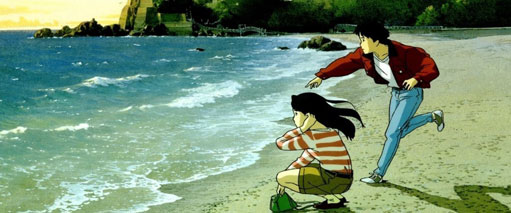Film Review: Ocean Waves
Animated Story Of Teenage Love Finally Washes Up On American Shores


Latest Article|September 3, 2020|Free
::Making Grown Men Cry Since 1992

